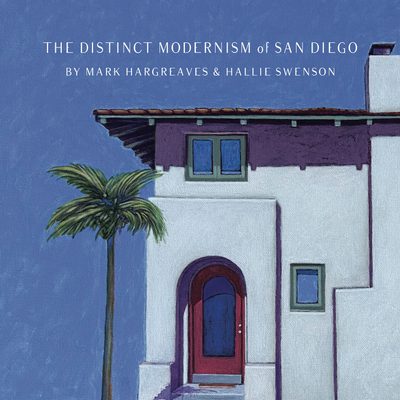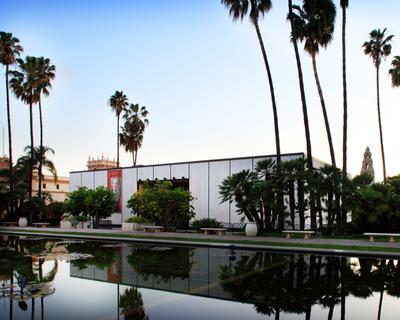Architecture
OmniArt: A Short-Lived San Diego Version of Arts & Architecture

In its brief existence, in the early 1960s, OmniArt published articles on art, architecture and design from around the globe, while focusing on San Diego projects.
By John R. Mock and Keith York

OmniArt started out as a publication by the San Diego chapter of the American Institute of Architects (AIA). A noble experiment in providing the region arts information, the magazine’s run only spanned a handful of issues.
Initially, a committee was formed, in 1961, to produce a monthly chapter bulletin that would promote awareness of San Diego architecture. The original committee, all volunteers, consisted of Ward Wyatt Deems (Deems Lewis Martin), William Stimmel, Richard Albrecht (Paderewski, Mitchell and Dean), and Vincent Bonini. The only associate was John Mock who was employed at the time by Frank L Hope Associates.
The first issue, published in January 1962, established the contents for each issue. The well-executed graphic design packaged a calendar of events, editorials by architects; and profiles of architecture in other cities while always focusing on fine art and craft, performing and visual arts as well as architecture and landscape design.
During the group’s early planning phase, James Britton’s name came up. He had written about architecture for the San Diego newspaper and San Diego Magazine. With his contributions both in organization and writing articles, we were in business. The local chapter architects and artists were eager to provide monthly content and they did until they did not. Once James’ ego matured he expected more control (which was not possible) and to be paid more. Once Britton left the committee took back editorial control.
By 1962, Bill Stimmel became chairman, Dick Albrecht left, and Joe Brown joined the group. By the March 1962 issue, the team was already short on topics and contributors. Mock volunteered to write a story about Horton Plaza as well as introduce the winners of the AIA Chapter Design Awards with photos of their projects. He also produced an article on the “conception of architecture” with Conté Crayon renderings of Frank Lloyd Wright’s Fallingwater and Le Corbusier’s Notre-Dame du Haut while still an associate in Hope’s office waiting to taking his licensing exam.
Each issue that followed covered the arts beyond architecture including painting, sculpture, urban design, photography, and opinion. While it was popular among architects and civic leaders, OmniArt suffered from consistency as the staff was a myth. Hans Jorgensen design and coordinated typesetting for each while John Mock was the advertising manager who would solicit suppliers calling on his employer, Frank Hope’s firm, to advertise in OmniArt. Mock would solicit the ads, design them and craft the print graphics. There were also voluntary advertisers who contributed after seeing earlier issues.
A few issues into its run OmniArt was a success in promoting local architecture and the arts. Mock submitted the magazine to the National AIA competition of local publications and was voted the best in the nation. This was a great honor for the committee and the chapter.
The short run of the publication hosted pieces written by CJ Paderewski, Harold Sadler, Robert E. Jones, George Hatch, John R. Mock, William Tipple, Ward Deems, Russell Forester, Dr. Seuss, Hans Jorgenson, Vincent Bonini, Hyder Joseph Brown, Thor Ole Svenson, Martha Moody, Ettilie Wallace, Richard Wheeler, Donald Brewer, William Gerhart, Sim Bruce Richards, Esther McCoy, William Stimmel, Robert Ferris, Jean Swiggett, Charles Faust, Donal Hord, Alfonso Macy, Homer Delawie, Muriel Tolle, Clare & Loch Crane, Jackson Woolley, Robert Mosher, John Oldenkamp, and Robert Fowble among others.
By 1963, Mock had left the committee and started in practice as an architect. Vincent Bonini, Bill Stimmel and Thor ole Svenson continued to produce articles. The last issue of OmniArt was produced in early 1964.
Have an idea or tip?
We want to hear from you!
email hidden; JavaScript is required

Architecture
Towards A Definition of Post-Modern San Diego

Architecture
